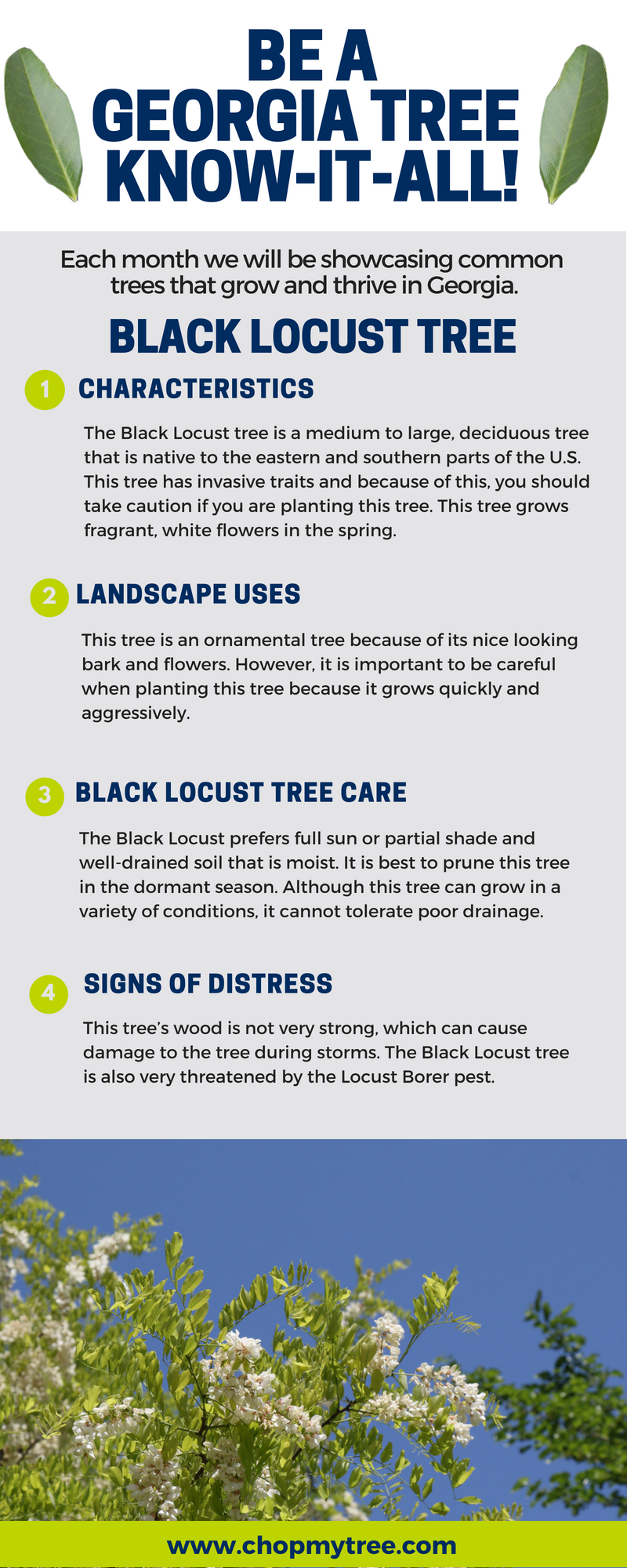Understanding The Environmental Consequences Of Tree Elimination: Essential Details For You
Understanding The Environmental Consequences Of Tree Elimination: Essential Details For You
Blog Article
Authored By-Dickey Cochrane
When it involves the ecological impact of tree elimination, there are important aspects that require your attention. From the detailed internet of partnerships within ecological communities to the subsequent results on environment patterns, the consequences are profound. You might be stunned to discover the detailed methods which the elimination of trees can reverberate throughout the setting. Remain tuned to unravel the intricate connections and implications of this seemingly simple act.
Logging and Habitat Loss
Logging and environment loss are crucial problems originating from tree elimination. When trees are cut down, it disrupts entire communities. Not just are the trees themselves shed, yet the homes and food sources of numerous plant and pet types are damaged as well. Birds lose their nesting sites, creatures lose their shelter, and pests shed their habitats. The results ripple via the food cycle, affecting predators and prey alike.
Moreover, logging adds to environment adjustment. Recommended Reading play a critical duty in soaking up carbon dioxide, a greenhouse gas that traps warmth in the environment. With fewer trees, there's less carbon dioxide absorption, causing boosted levels of this gas in the ambience and intensifying worldwide warming.
Habitat loss is a direct outcome of logging, as the destruction of woodlands indicates the loss of distinct and varied communities. Several varieties are incapable to adjust to quick adjustments in their atmosphere, causing populace decreases and, in many cases, extinction.
Shielding forests is necessary to maintaining the fragile equilibrium of nature and making sure the survival of numerous plant and animal varieties.
Influence on Biodiversity
The removal of trees has a substantial effect on biodiversity, affecting the selection and wealth of plant and animal varieties in a location. Trees provide habitat and food sources for various organisms, from bugs to birds to mammals. When trees are removed, these types lose their homes and resources of nourishment, causing a decline in their populations. This disturbance can have cascading impacts on the whole environment.
In addition, trees play a vital function in maintaining biodiversity by developing microhabitats within their canopies, trunks, and roots that sustain a vast array of types. When trees are lowered, these specialized environments are damaged, minimizing the total diversity of the area.
In addition, the elimination of trees can lead to a reduction in genetic variety within plant populaces, as specific tree types may no longer have the ability to replicate or disperse effectively. Safeguarding trees and woodlands is important for preserving biodiversity and making certain the wellness of communities for future generations.
Dirt Disintegration and Climate Adjustment
With trees being removed from a location, the interruption of dirt structure and stability happens, bring about boosted dirt disintegration. How To Prune A Peach Tree play an important function in stopping erosion by holding dirt in place with their origin systems. When trees are eliminated, particularly in great deals, the dirt comes to be more vulnerable to disintegration from wind and water. This erosion not only influences the immediate environments however can likewise cause sedimentation in neighboring water bodies, affecting water top quality and aquatic ecosystems.
Furthermore, trees aid control the climate by absorbing co2 throughout photosynthesis. When trees are lowered, this natural carbon sink is decreased, contributing to increased levels of greenhouse gases in the environment. This can intensify climate change, causing more severe weather condition occasions and disturbances in communities worldwide.
Therefore, the removal of trees not just speeds up dirt disintegration but additionally plays a role in the larger ecological problem of environment adjustment. It's essential to think about these aspects when assessing the influences of tree elimination on the environment.
Conclusion
Now that you know the environmental impact of tree removal, consider the consequences before lowering trees. Logging disrupts communities, minimizes biodiversity, and contributes to soil erosion and environment adjustment. By being mindful of the influence of tree elimination, you can help secure our setting and preserve the fragile balance of nature. Make educated options and consider different remedies to lessen the unfavorable results on our earth.
